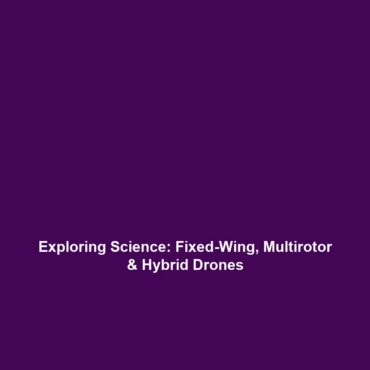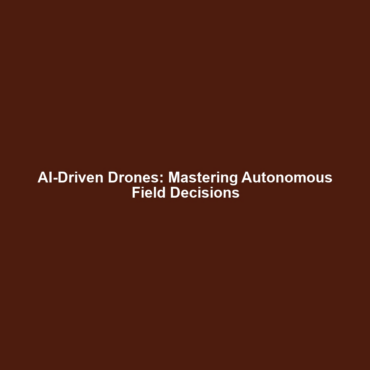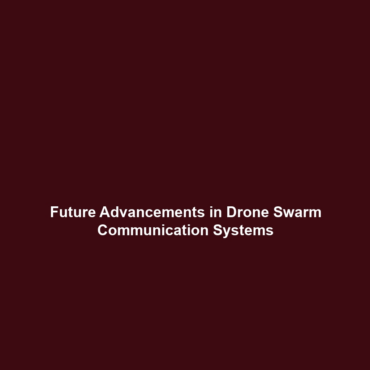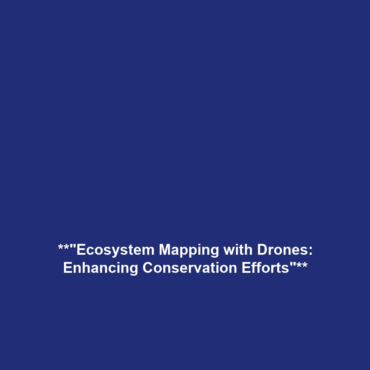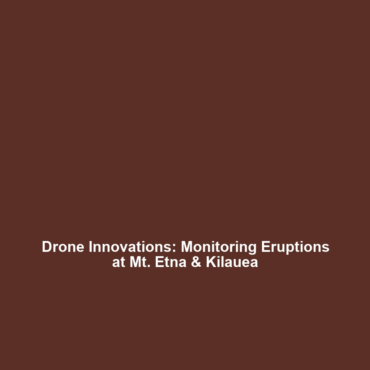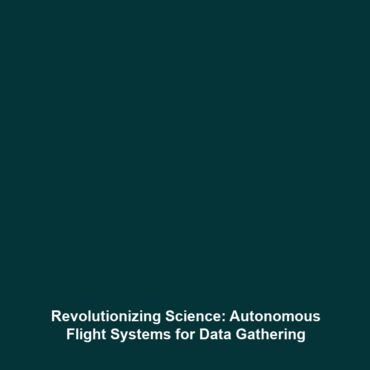Types of Drones Used in Science: Fixed-Wing, Multirotor, and Hybrid Drones
Introduction
Drones have revolutionized scientific research, providing unprecedented insights and capabilities across various fields. Understanding the different types of drones used in science—specifically fixed-wing, multirotor, and hybrid drones—is essential for leveraging their full potential. These aerial vehicles enhance data collection, improve efficiency, and allow scientists to gather information from otherwise inaccessible locations. In this article, we will delve into the significance of these drone types within the broader context of drones in science, exploring their unique features and contributions to research.
Key Concepts
In the domain of drones in science, three primary types of drones are employed: fixed-wing, multirotor, and hybrid drones. Each type possesses distinct characteristics and operational advantages:
Fixed-Wing Drones
Fixed-wing drones resemble traditional airplanes and are designed for long-distance flight. They are particularly effective for covering large areas quickly, making them ideal for agricultural monitoring, wildlife tracking, and environmental surveys.
Multirotor Drones
Characterized by their multiple rotors, multirotor drones provide exceptional maneuverability and the capability to hover. This makes them suitable for detailed inspections, aerial photography, and landscape mapping.
Hybrid Drones
Combining features of both fixed-wing and multirotor drones, hybrid drones offer versatility. They can transition between vertical takeoff and horizontal flight, making them effective for various applications, including search and rescue missions and urban research.
Applications and Real-World Uses
The applications of types of drones used in science are extensive, serving numerous fields such as ecology, agriculture, and disaster management:
- Ecology: Monitoring wildlife populations and habitat changes with fixed-wing drones allows for extensive data collection over large geographic areas.
- Agriculture: Multirotor drones enable farmers to assess crop health and optimize yield through detailed imaging and analysis.
- Disaster Management: Hybrid drones can provide real-time data and situational awareness during emergency response efforts, assisting rescue teams in navigating challenging environments.
Current Challenges
Despite their numerous advantages, several challenges affect the study and application of types of drones used in science:
- Regulatory hurdles that limit drone flight capabilities in certain regions.
- Technical limitations regarding battery life and payload capacity.
- Data management challenges due to the vast amounts of information collected.
- Public perception and privacy concerns surrounding drone usage.
Future Research and Innovations
The future of drones in science looks promising, with several innovative developments on the horizon:
- Advancements in battery technology that could extend operational ranges for all drone types.
- Improved artificial intelligence (AI) integration for autonomous navigation and data analysis.
- Enhanced sensor technologies that allow for more precise data collection across diverse scientific fields.
Conclusion
In summary, the types of drones used in science—fixed-wing, multirotor, and hybrid drones—play a crucial role in expanding research capabilities and understanding complex environments. By addressing current challenges and leveraging future innovations, scientists can continue to harness the full potential of drones, driving advances in knowledge and practical applications. To learn more about drone technology and its applications, visit our related articles.
